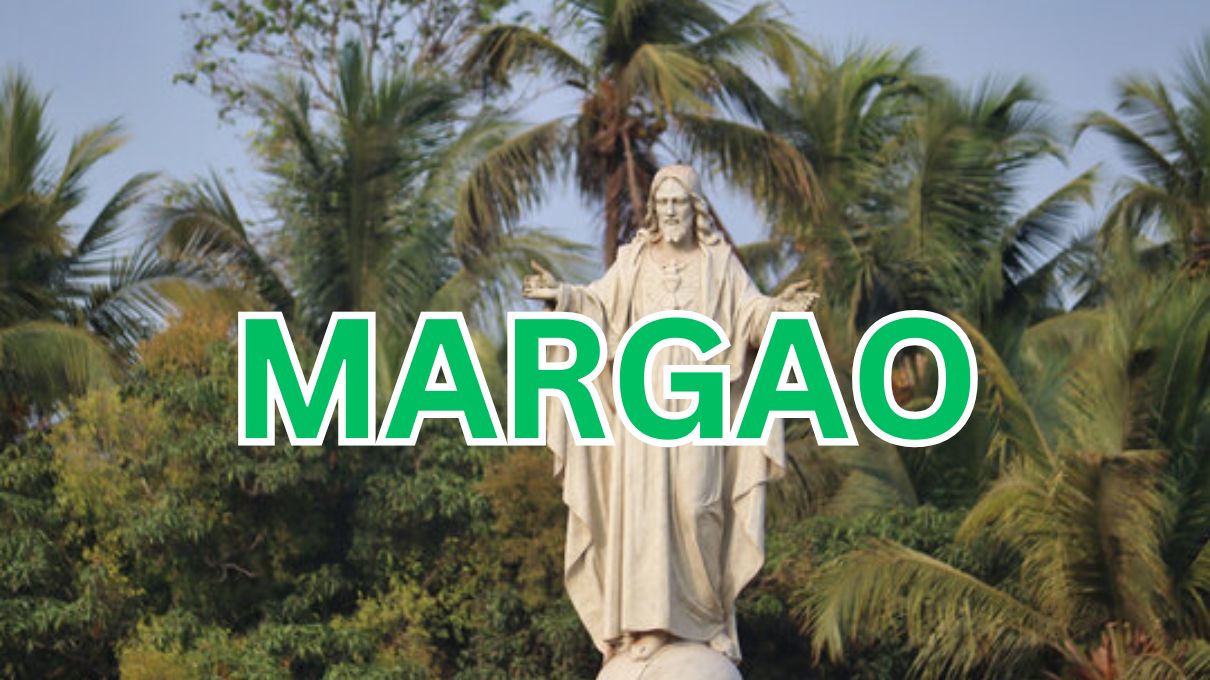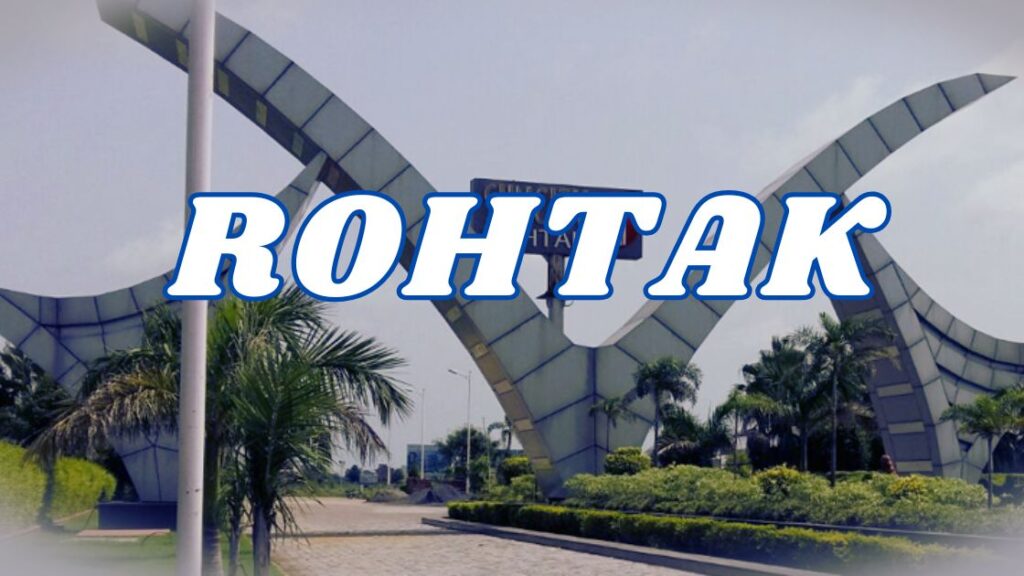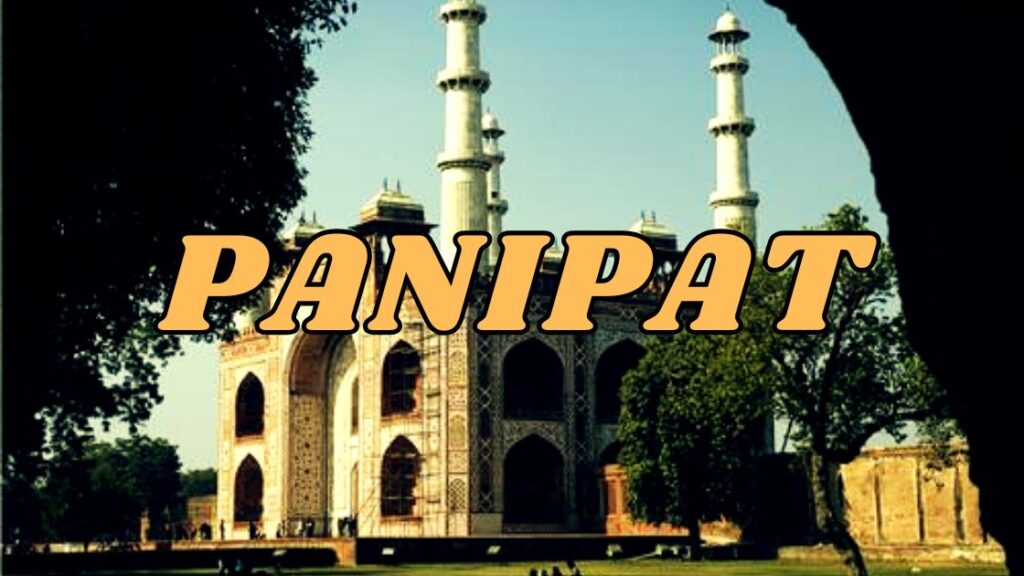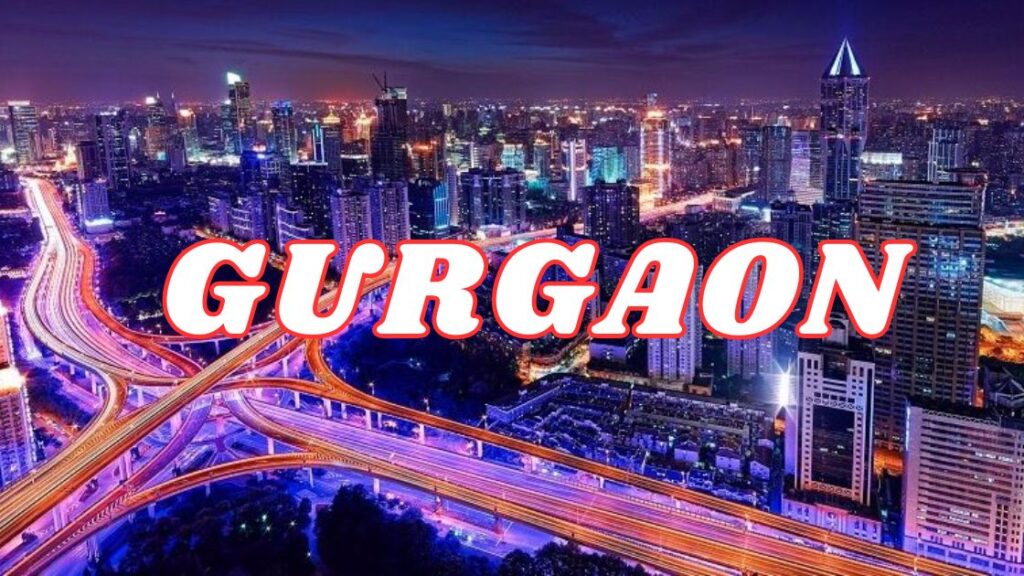Margao: The Commercial Capital of Goa
Margao, often referred to as the commercial capital of Goa, is a bustling city nestled on the banks of the Sal River. Serving as the district headquarters of South Goa and the administrative epicenter of the Salcete sub-district, Margao is the second-largest city in Goa by population, surpassed only by Mormugao.
Historical Etymology
The origins of Margao’s name have been the subject of fascinating debates among historians and linguists. The Portuguese spelling, Margao, is widely used in historical references, while the name Madgaon is commonly employed in Konkani, Goa’s regional language.
Margao – Goa’s Commercial Heart with a Rich History
One popular theory suggests that the name Margao may have evolved from the pre-colonial term Mahargao, meaning village of Mahars, a community traditionally known for their weaving skills. Another perspective links the name to the Sanskrit word Mathagrama (मठग्राम), which translates to village of monasteries, referring to the ancient shrines of Matsyendranath and Gorakhnath, believed to have been located in Ravanphond, a now modern suburb of Margao.
An alternate interpretation ties Margao’s name to Mharuganv, meaning village of demons, reflecting mythological lore, or possibly to Maravile, the Portuguese term for marvellous village. This layered etymology underscores Margao’s deep-rooted history and its evolution through centuries of cultural and colonial influence.
Margao’s Contemporary Identity
Today, Margao stands as a vibrant hub of commerce, culture, and tradition. It plays a pivotal role in Goa’s socio-economic framework, housing significant administrative offices, businesses, and marketplaces. From its linguistic heritage to its storied past, Margao remains a dynamic city where history and modernity coexist seamlessly.
Its central location, cultural richness, and historical significance make Margao not only an essential part of Goa’s legacy but also a city worth exploring for its unique character and charm.
History of Margao: A Tale of Transformation and Significance
Margao, one of the oldest and most culturally significant cities in Goa, boasts a rich and vibrant history that predates Portuguese colonization. Known as Mathagrama in ancient times, meaning the village of monasteries, it was a prominent spiritual and educational center. The city was home to nine mathas (temple schools), which underscored its importance in religious and cultural activities.
Destruction and Rebuilding
The original glory of Margao suffered a major setback when raiders destroyed its temple establishments in 1579. Despite this, the city rose from the ashes. In 1675, the Church of the Holy Spirit was erected, symbolizing the city’s gradual transformation under Portuguese influence. The western area surrounding the church evolved into a bustling marketplace, while the eastern Borda region became the primary residential settlement. This division defined Margao’s urban and cultural development.
The Camara Municipal de Salcete
During the Portuguese regime, Margao served as the administrative hub for the Salcete Taluka, governed by the Câmara Municipal de Salcete. This municipal body managed all villages within Salcete for over 300 years, reflecting the city’s central role in governance. After the Goa Municipalities Act of 1968, the council was restructured into the Margao Municipal Council, with 25 wards divided between Margao (13 wards) and Fatorda (12 wards). Unlike its earlier nomination-based system, members of the reconstituted council are now elected, fostering local representation and democracy.
Growth as an Administrative and Commercial Hub
Margao’s prominence as an administrative and commercial hub grew steadily over the centuries. The establishment of the town hall in the south marked its transition into a centralized administrative area. This development facilitated the dependence of surrounding towns and villages on Margao for both governance and trade.
Annexation of Goa and Its Impact
The year 1961 marked a turning point in Margao’s history. Following the Annexation of Goa, the region was incorporated into the Republic of India, ending Portuguese rule. Margao was subsequently declared the administrative center of South Goa, solidifying its status as a key city in the state.
Margao Today
Modern Margao blends its historical charm with contemporary urban development. The city remains a vibrant hub, bridging Goa’s cultural heritage and modern administration. From its origins as a spiritual center to its present-day importance as a commercial and administrative nucleus, Margao’s journey reflects its enduring significance in shaping Goa’s historical and cultural identity.
Geography of Margao: The Enchanting Heart of South Goa
Margao, the bustling commercial capital of Goa, is a city that seamlessly blends its geographic beauty with rapid urban growth. Situated at 15°16′25″N 73°57′29″E, Margao is cradled by the banks of the Sal River, offering scenic landscapes complemented by Portuguese-style architecture and vibrant suburban expansions.
Topography
At an average elevation of 10 meters (33 feet) above sea level, Margao’s relatively flat terrain makes it a highly accessible and sprawling urban center. The city is adorned with Portuguese mansions, which stand as reminders of its rich colonial heritage. Over the years, Margao has evolved as one of Goa’s fastest-growing cities, extending its footprint into neighborhoods like Aquem, Fatorda, Gogol, Borda, Comba, Navelim, and Davorlim, each contributing to its dynamic character.
Climate
Margao experiences a classic tropical monsoon climate (Koppen Am), a hallmark of Goa’s Konkan coastal region. This climate is divided into three prominent seasons:
- Hot Season (March to May): During this period, temperatures soar up to 36°C (96.8°F), characterized by dry conditions and sunny days.
- Cool Season (December to February): The winter months bring pleasant weather with temperatures ranging between 15°C (59°F) and 28°C (82.4°F).
- Monsoon (June to September): A defining season for Margao, the monsoons are marked by extremely heavy rainfall, oppressive humidity, and gusty winds. The city receives an impressive 2,881 mm (113.4 inches) of annual rainfall, transforming the landscape into lush greenery.
Average Monthly Climate Data
| Month | Max Temp (°C) | Min Temp (°C) | Rainfall (mm) |
|---|---|---|---|
| January | 30.9 | 21 | 0.0 |
| February | 33.7 | 22 | 0.1 |
| March | 36.1 | 23 | 0.6 |
| April | 37.0 | 25.5 | 7.2 |
| May | 38.3 | 26.4 | 97.1 |
| June | 30.4 | 24.7 | 861.5 |
| July | 29.0 | 24.3 | 899.8 |
| August | 28.8 | 24.0 | 591.6 |
| September | 29.7 | 23.9 | 256.3 |
| October | 35.7 | 23.8 | 116.5 |
| November | 32.9 | 22.2 | 33.9 |
| December | 29.6 | 20 | 16.2 |
Natural Beauty and Modern Growth
Nestled along the serene Sal River, Margao’s geography is further enriched by its blend of natural charm and Portuguese-style urban structures. With its rapidly expanding suburbs and a climate that fosters lush greenery during the monsoon, Margao stands as a captivating blend of tradition and modernity, serving as a pivotal center for cultural, economic, and administrative activities in South Goa.

Government and Politics
Margao plays a vital role in the political framework of Goa as it forms part of both the Margao (Goa Assembly constituency) and the South Goa (Lok Sabha constituency). The city’s strategic political significance ensures its active participation in state and national governance.
Cultural Capital and Cityscape
Margao is often regarded as the cultural capital of Goa, a distinction rooted in its vibrant arts, literature, and heritage. This reputation is bolstered by the presence of several cultural and entertainment venues, as well as its unique culinary traditions.
Ravindra Bhavan
Opened in July 2008 by the then Chief Minister Digambar Kamat, Ravindra Bhavan in Fatorda is a major cultural center. It serves as a key venue for numerous events, including being one of the official locations for the International Film Festival of India (IFFI).

Theatres and Arts
Margao is home to an array of theatres and multiplexes, making it a hub for entertainment:
- Gomant Vidya Niketan: A premier venue for arts and cultural performances.
- OSIA Multiplex, Vishant, Lata, and Metropole: Key theatres catering to diverse audiences.
- INOX Multiplex: Recently inaugurated with a seating capacity of 904, further enriching Margao’s entertainment scene.
Margao has also hosted prestigious literary events like the Akhil Bharatiya Marathi Sahitya Sammelan in 1964, showcasing its significance as a center of learning and literature.
Spices and Market Culture
Margao’s special market is renowned across Goa for its vibrant selection of spices and dried fish, essential ingredients during the monsoon. This bustling market attracts people from all over Goa, cementing the city’s status as a commercial hotspot.
Culinary Excellence
Margao is celebrated for its traditional Goan cuisine, especially its flavorful curry, a local specialty that has earned international acclaim. Canned versions of the Margao Curry are exported to Portugal and other regions, underlining the city’s culinary importance.

Sports
Margao boasts Goa’s largest sports stadium, the Nehru Stadium in Fatorda, which is a premier destination for sporting events and activities.

Unique Identity
From its bustling markets to its thriving arts scene, Margao seamlessly blends tradition and modernity. Whether as Goa’s cultural capital or its culinary hub, Margao stands as a beacon of heritage, community, and creativity in South Goa.
Tourism in Margao
Margao, the cultural capital of Goa, offers a rich tapestry of historical sites, architectural marvels, and serene destinations that attract tourists from across the globe. Its blend of colonial charm and traditional Indian heritage makes it a unique stop in any travel itinerary.
Iconic Attractions
- Mercado de Afonso de Albuquerque
Commonly referred to as Pimplapedd or Pimpalakatta, this closed market is a vibrant hub where locals and tourists can experience the essence of Margao’s trade and daily life. - Margao Municipal Garden
Situated at the city’s heart, this garden is an oasis of greenery and tranquility. Named after benefactor Prince Aga Khan, the park serves as a recreational and socializing spot.

- Monte Hill
Known for its stunning panoramic views of the city, Monte Hill is also home to the Monte Hill Chapel, a quiet retreat for spiritual reflection.

- Holy Spirit Church
A defining landmark, the Holy Spirit Church, is renowned for its impressive Baroque architecture. Its serene environment attracts devotees and architecture enthusiasts alike.
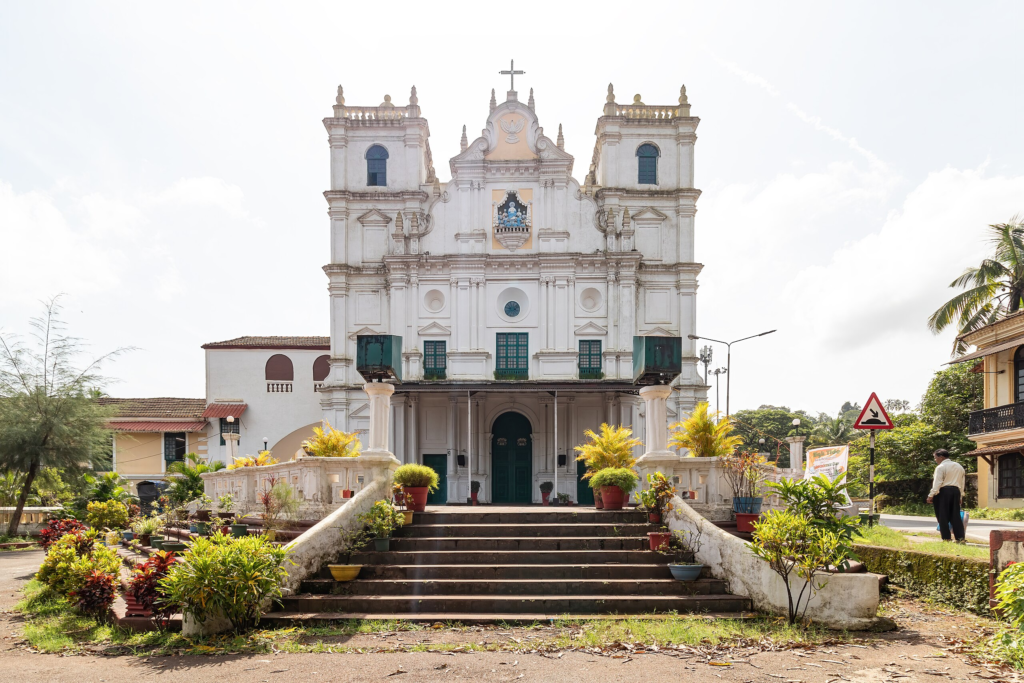
- Colonial Mansions
Margao showcases a number of magnificent colonial homes, such as the Seven Gables House, which provides a glimpse into the city’s Portuguese past.

Temples and Churches
Margao features a harmonious blend of religions reflected in its numerous places of worship.
- Famous Churches
- Holy Spirit Church
- Grace Church
- Monte Hill Chapel
- St. Sebastian Church in Aquem
The Pandava Chapel near the St. Sebastian Church is especially notable for its historic significance.
- Temples in Margao
- Damodar Temple (Saal)
- Hari Mandir
- Maruti Mandir in Davorlim
- Shiv Temple (Ling) at Fatorda
- Sai Baba Temple in Davorlim
These temples reflect the spiritual depth and cultural diversity of the city.
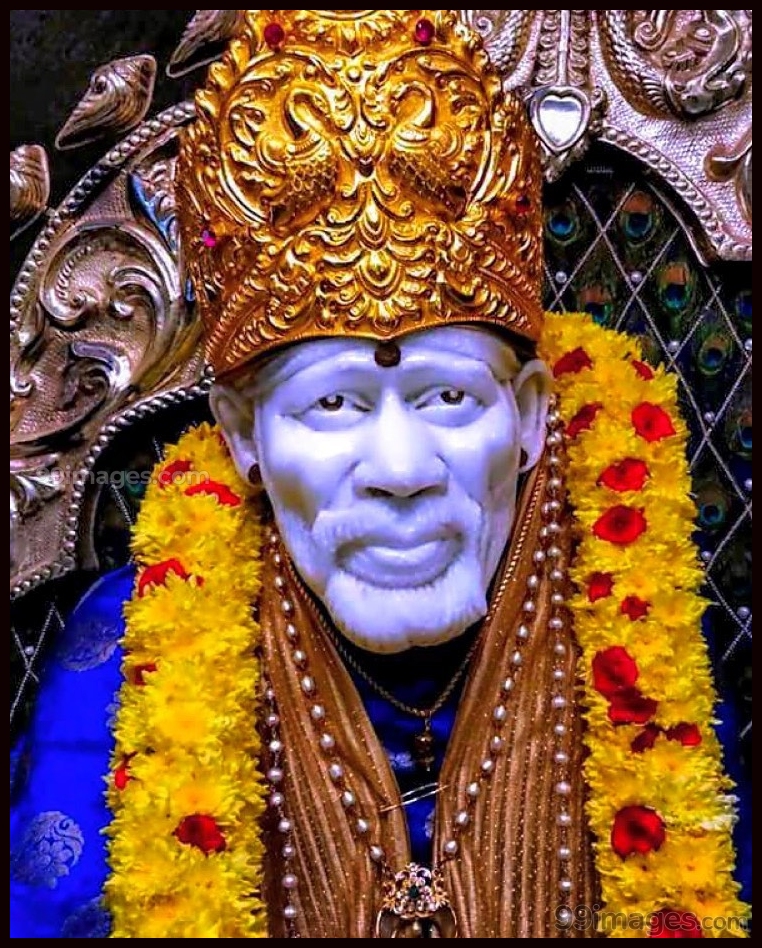
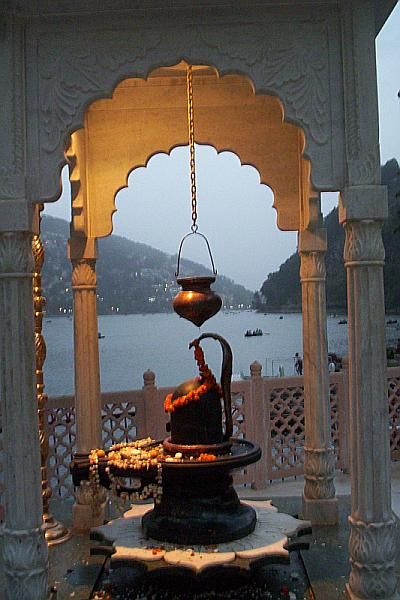
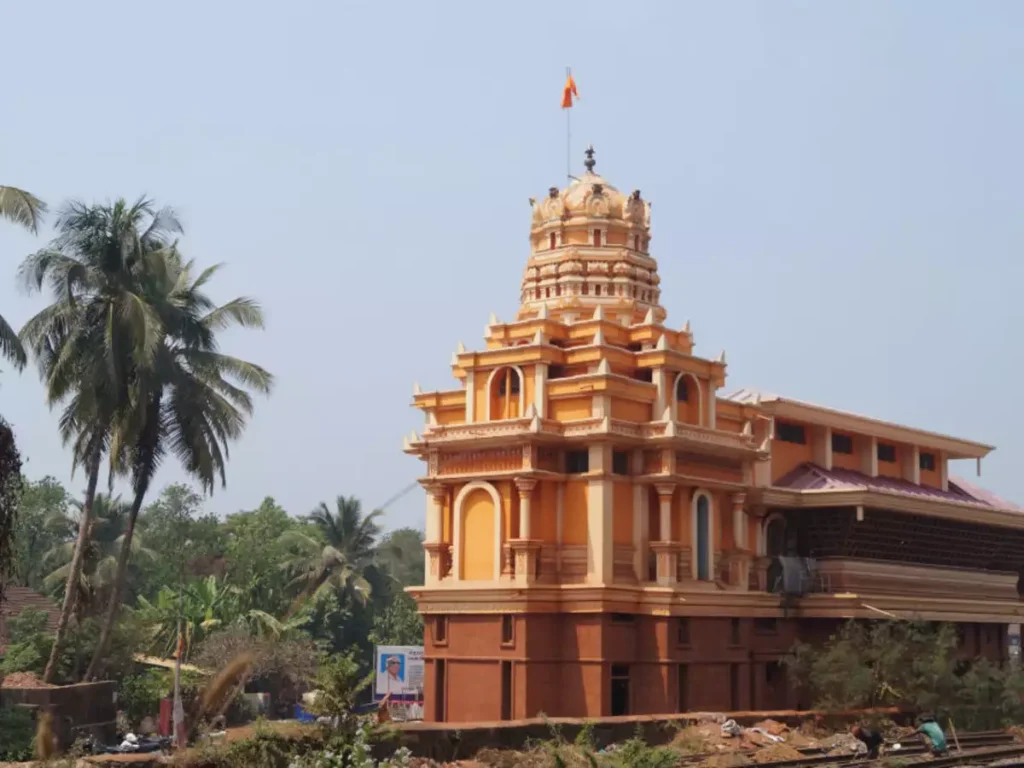

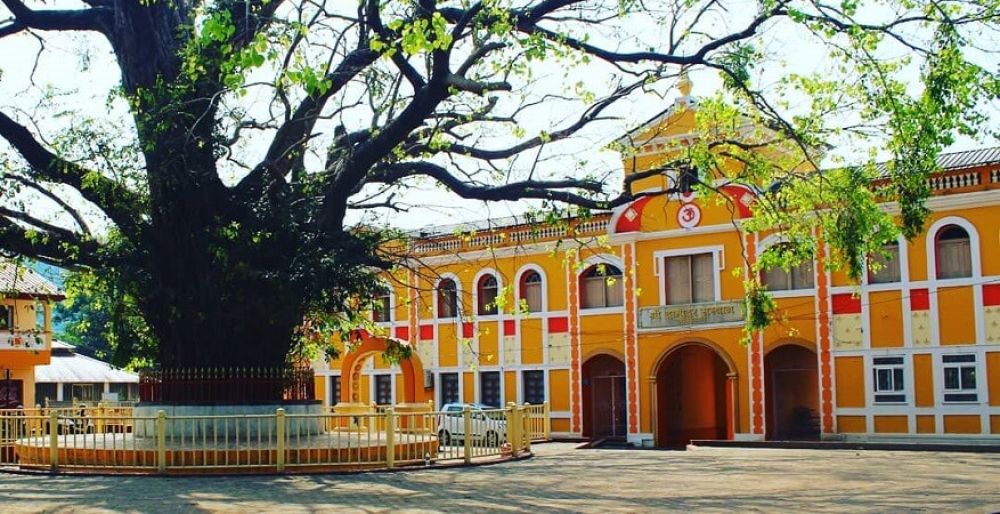
Suburban Charms
Margao’s suburbs add another layer to its rich heritage:
- Pajifond
- Aquem
- Gogol
- Borda
- Malbhat
- Madel
- Kharebandh
- Navelim
- Comba
Among these, Navelim and Comba stand out as the oldest areas, retaining their historic and architectural appeal.
Additional Sites of Interest
- Pandava Caves
Located behind St. Sebastian Church in Aquem, these ancient caves are a glimpse into Goa’s pre-colonial history.
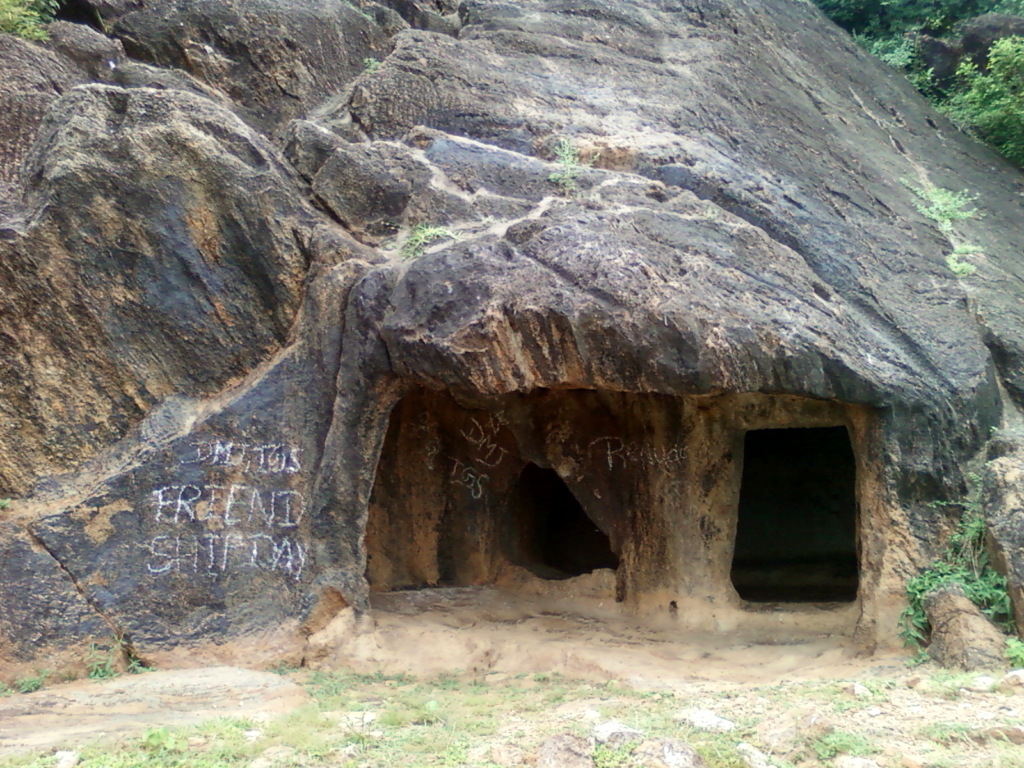
- Mosques and Jain Temples
Margao houses two mosques (one in Malbhat and one on Monte Hill) as well as a Jama’at Khana for the Khoja faith in Pajifond, along with a serene Jain Temple, adding to the city’s spiritual diversity.

- Jama’at Khana
A center for the Nizari Muslim community, this site reflects the inclusive fabric of Margao.

Landmarks of Margao
Margao, the cultural capital of Goa, is rich with historical and cultural landmarks. These sites embody the city’s unique blend of Portuguese colonial heritage and traditional Indian ethos.
Municipal Garden (Praca Jorge Barreto)
At the heart of the town lies the Municipal Garden, a serene green space surrounded by restaurants and office buildings. This central park, historically developed by the Mavani family, was named after Prince Shah Karim Al Hussaini, Aga Khan IV, who visited Goa shortly before its liberation. Today, the garden is municipal property, meticulously maintained by the Margao Municipal Council.
- Landmarks Around the Garden
- Margao Town Hall: The striking, red-washed colonial structure, built in 1905, serves as the municipal building.
- Library: Adjacent to the town hall, it is a space of learning and cultural enrichment.
Holy Spirit Church and Largo de Igreja
Constructed by the Portuguese in 1675, the Holy Spirit Church is a monumental example of Baroque architecture.
- Features of the Church
- Pristine white façade with intricate gilt crystal and stucco interiors.
- Surrounded by a beautifully landscaped area called Praça da Alegria (Joy Square).
- Largo de Igreja
- The square houses not only the church but also rows of colonial mansions belonging to Margao’s affluent Catholic elite. These mansions have balcoes (balconies) and varandas (verandas), adding charm to the square.
- Commercial streets parallel to the church include Margao’s vibrant old market.
Church Feast
Celebrated before the monsoons, this event serves as an important cultural milestone when locals prepare for the rainy season with significant purchases.
House of Seven Gables (Sat Burzam Ghor)
Within walking distance of the Holy Spirit Church lies the House of Seven Gables, a stunning mansion constructed in 1790 by Inácio Sebastião da Silva, the Portuguese Viceroy’s emissary and secretary.
- Architectural Details
- Initially featuring seven magnificent gables, only three remain today, but the house still reflects the grandeur of Portuguese-era construction.
- The adjacent family church highlights intricate Baroque and Rococo artistry.
Narcinva D. Naik Residence and Damodar Sal
The Narcinva D. Naik Residence is not only a stunning ancestral home but also houses Damodar Sal (Dambaba Saal), a notable temple hall in Margao. This hall holds great historical importance.
- Swami Vivekananda’s Visit
In October 1892, this home hosted Swami Vivekananda, who stayed here before his journey to Chicago, where he delivered his renowned address at the Parliament of Religions.
Transport in Margao
Margao serves as a major hub for transportation in Goa, connecting the town to national and international destinations via air, rail, and road networks.
By Air
- Dabolim Airport
Located 23 km from Margao, Dabolim Airport is the closest international airport, catering to both domestic and international flights. - Mopa International Airport
Situated at a distance of 64 km, this newly inaugurated airport (2022) enhances Goa’s air connectivity by providing an additional hub for travelers.
By Rail
- Madgaon Railway Station
Margao’s railway station, often called Madgaon Junction, is Goa’s busiest and a pivotal stop on the Konkan Railway and South Western Railway lines. Its strategic position makes it a preferred transit point for travelers heading to popular destinations:

- Palolem: Located 38 km south, known for its beaches.
- Benaulim and Colva: Easily accessible beach towns close to Margao.

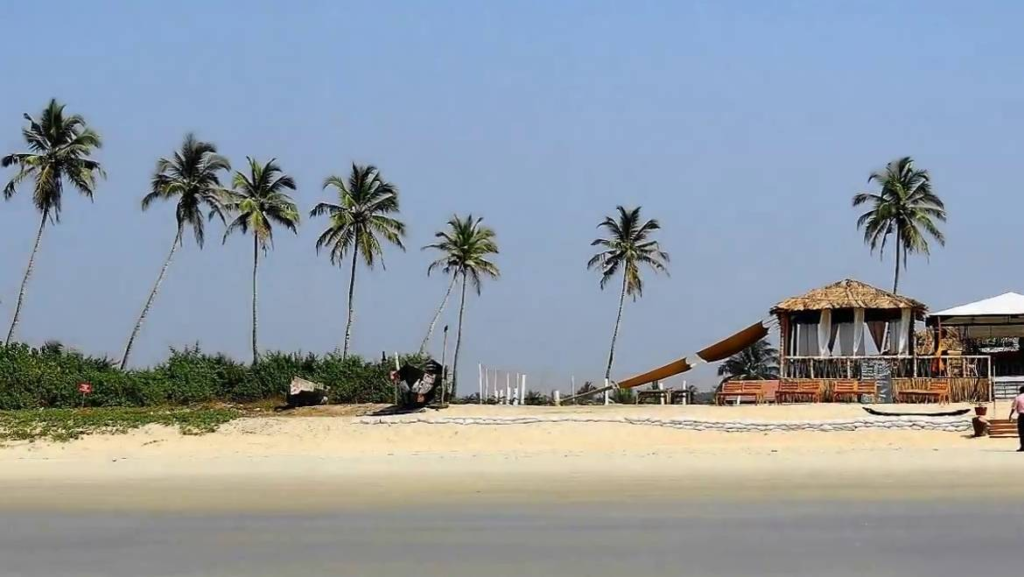
- Skybus Metro Project
Margao also hosted the Skybus Metro test track, an ambitious elevated rail system by the Konkan Railway Corporation. Unfortunately, the project faced a major setback when an accident during test runs led to its suspension. The accident, resulting in casualties, was considered avoidable, according to its inventor B. Rajaram.

By Road
- National Highway 66 (NH 66)
Formerly known as NH 17, this highway connects Margao to cities across India:- To the north: Panvel, Ratnagiri, Sawantwadi, Panaji.
- To the south: Karwar, Bhatkal, Mangaluru, Kozhikode, Kochi, Kanyakumari, and others.
At Panvel, NH 66 intersects with NH 48, offering direct connectivity to Mumbai.
- Local Roads
Margao is well-connected to other towns and regions in Goa, such as Ponda, Sao Josa de Areal, Sanvordem, Chandor, and many more. - Distances
- Margao is 33 km from Goa’s capital, Panaji (Panjim).
- It is just 25 km from Dabolim Airport, enabling quick access to the international air travel hub.
- Margao lies approximately 560 km south of Mumbai, making it accessible via NH 66 for longer road trips.
Education in Margao
Margao is a prominent educational hub in Goa, offering a mix of historical institutions and modern academic facilities. The town’s educational institutions have significantly contributed to Goa’s cultural, scientific, and academic advancements. Schools and colleges in Margao generally follow the guidelines of the Goa Board of Secondary and Higher Secondary Education or other national and international educational boards.
Schools
- Loyola High School
Established near the Old Bus Stand, this Jesuit-run school is among the oldest in Margao and has produced many influential alumni. - Bhatikar Model English High School
Founded in 1935 by Pandurang Raya Bhatikar, this school holds historical importance in Margao’s educational landscape. - Mahila & Nutan High School
Initially founded as Mahila Vidyalaya in 1933 to educate girls, it became a co-educational school in 1972, making quality education accessible to a broader demographic. - Manovikas English Medium School and Vidya Vikas Academy
Known for high academic standards, these institutions are affiliated with the Council for the Indian School Certificate Examinations (CISCE) and the Central Board of Secondary Education (CBSE), respectively. - Other notable schools include:
- St. Joseph High School (Aquem)
- Holy Spirit Institute
- Fatima Convent High School
- Presentation Convent High School
- Popular High School (Comba)
- Perpetual Convent High School (Navelim)
Colleges
- Parvatibai Chowgule College
Initially housed in Portuguese military barracks, the college moved to its current campus in 1972 under P. S. Rege‘s leadership. It offers a variety of undergraduate and postgraduate programs and remains a premier higher education institution in Goa. - Shree Damodar College of Commerce and Economics
This college focuses on business and commerce education, catering to students aiming for careers in finance, economics, and management.

- Govind Ramnath Kare College of Law
The institution provides comprehensive education in law and has been instrumental in shaping legal professionals in the region. - Other higher secondary schools include:
- Shree Damodar Higher Secondary School of Science
- R.M.S Higher Secondary School
Technical Education
- Industrial Training Institute (ITI), Borda
A government-run institute offering vocational and technical training, preparing students for industrial careers. - Don Bosco College of Engineering (Fatorda)
A well-known technical institute that grants engineering degrees in various disciplines, equipping students with technical expertise for global opportunities.

